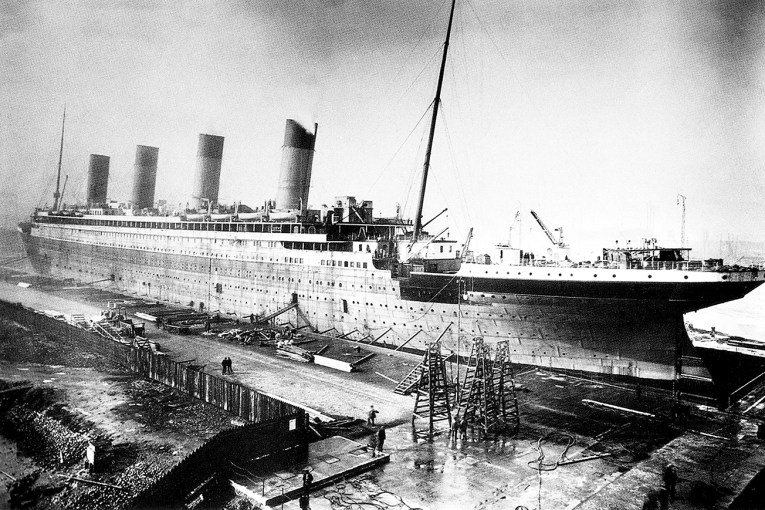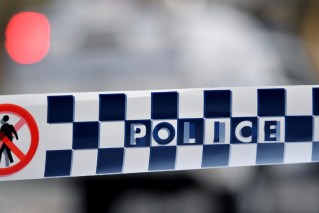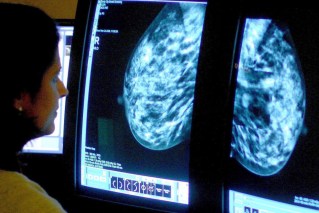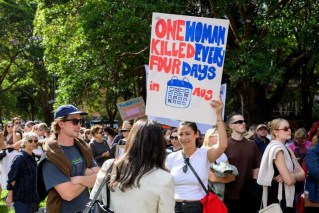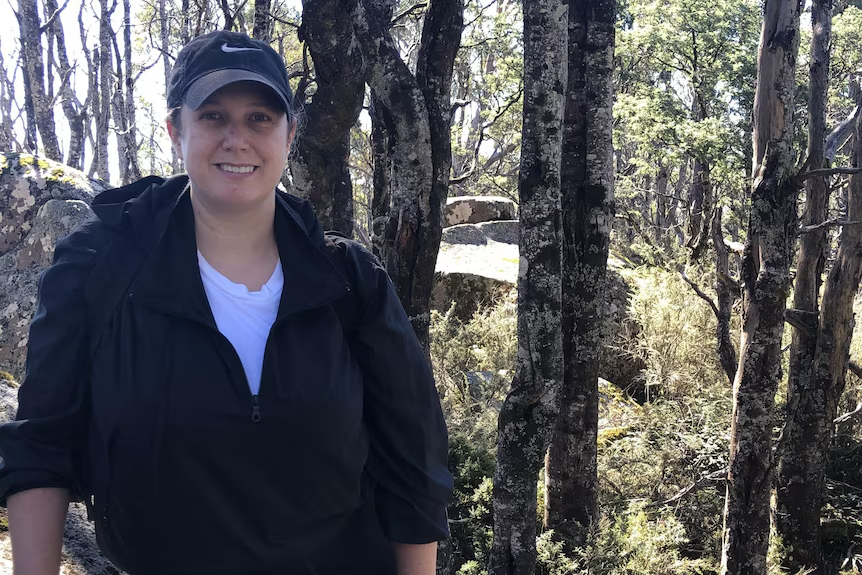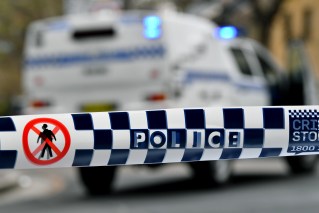Hurricane Idalia has made landfall in Florida as an “extremely dangerous” Category 3 storm after millions of residents evacuated or hunkered down in homes and shelters to await the arrival of a life-threatening sea surge.
Drawing strength from the Gulf of Mexico’s warm waters, Idalia was forecast to unleash destructive winds and torrential downpours that would cause coastal flooding up to 4.88m deep.
“Don’t put your life at risk by doing anything dumb at this point,” Governor Ron DeSantis said during a morning news briefing in Tallahassee that was interrupted for a few seconds by a power cut.
“This thing’s powerful.”
The NHC said Idalia made landfall at 7.45am EDT on Wednesday at Keaton Beach in Florida’s Big Bend region, where the state’s northern Gulf Coast panhandle curves into the western side of the Florida Peninsula, bounded by the inland cities of Gainesville and Tallahassee, the state capital.
Overnight, Idalia attained “an extremely dangerous Category 4 intensity” on the five-step Saffir-Simpson wind scale on its way to landfall, the National Hurricane Centre (NHC) in Miami said.
It weakened slightly as of 7am EDT (0900 GMT) Wednesday, slipping into Category 3 with maximum sustained winds of 201km/h.
Any storm reaching Category 3 or higher is considered a major hurricane.
Most of Florida’s 21 million residents, and many in the adjacent states of Georgia and South Carolina, were under hurricane warnings and other storm-related advisories.
State emergency declarations were issued in all three.
Florida’s Gulf Coast, southeastern Georgia and eastern parts of North and South Carolina could face 10 to 20cm of rain through Thursday, with isolated areas seeing as much as 30cm, the hurricane centre warned.
Officials said the storm’s most dangerous feature would be a powerful surge of wind-driven surf expected to flood barrier islands and low-lying areas along the coast.
Surge warnings were posted for hundreds of kilometres of shoreline, with the NHC warning of rises of up to 3.7 metres to 4.9 metres in some areas.
“If you end up with a storm surge that even approaches 16 feet, the chances of surviving that are not great,” DeSantis said.
“You would need to be in a three-storey building because it is going to rise very, very high.”
The NHC said Idalia’s centre would most likely cross Florida’s shoreline somewhere in the Big Bend region.
Sparsely populated compared with the Tampa-St Petersburg area to the south, the Big Bend features a marshy coast with freshwater springs and rivers, and a cluster of small offshore islands that form Cedar Key – a historic fishing village demolished in 1896 by a hurricane’s storm surge.
US President Joe Biden said on Tuesday he and Mr DeSantis were “in constant contact” about storm preparations.
At Cape Canaveral, on Florida’s Atlantic coast, the Tuesday launch of a rocket carrying a US Space Force intelligence satellite was delayed indefinitely.
Idalia grew from a tropical storm into a hurricane early on Tuesday after passing west of Cuba, where it damaged homes, knocked out power, flooded villages and prompted mass evacuations.
It will be the fourth major hurricane to strike Florida in the past seven years, following Irma in 2017, Michael in 2018 and Ian, which peaked at Category 5, last September.
About 5500 National Guard members were mobilised and 30,000 to 40,000 electricity workers were on stand-by.
The state has set aside 1.1 million gallons of petrol to address interruptions to fuel supplies, Mr DeSantis said.
-Reuters
